Differences in medical devices and household health supplies
The global health product market is vast and diverse, encompassing everything from life-saving machines to basic wellness tools. Within this ecosystem, two broad categories often get confused: medical devices and household health supplies. While both play important roles in health and well-being, they are governed by different regulations, serve distinct purposes, and are distributed through separate channels. For manufacturers, importers, and consumers, it’s essential to understand the differences between medical devices and household health supplies to ensure correct usage and legal compliance.
[caption id="attachment_7926" align="aligncenter" width="742"] Image source: Freepik[/caption]
Image source: Freepik[/caption]
From blood glucose monitors to digital thermometers, and from antiseptic wipes to cotton swabs, each item has a specific classification that affects how it’s registered, marketed, and used. Knowing which category a product falls into is crucial not only for product developers and distributors, but also for hospitals, clinics, pharmacies, and everyday users. This article breaks down the key distinctions between these two product types, helping stakeholders make informed decisions in purchasing, compliance, and usage.
Differences in Medical Devices and Household Health Supplies
One of the most critical differences between medical devices and household health supplies lies in their intended use and complexity. Medical devices are typically designed for diagnostic, therapeutic, or monitoring purposes within a clinical or professional setting. Examples include infusion pumps, X-ray machines, surgical instruments, and pacemakers. These devices directly affect patient diagnosis and treatment, making them subject to stringent safety and performance evaluations. On the other hand, household health supplies are products meant for general hygiene, wellness, or minor first aid care in a non-clinical environment. Items like cotton balls, plasters, and alcohol wipes fall into this category and are used primarily for personal, preventive care rather than direct treatment.
Regulatory classification is another major point of differentiation. Medical devices are categorized based on their risk level—typically into Class A (low risk) to Class D (high risk)—and must be registered under frameworks such as AKL (Alat Kesehatan) in Indonesia or FDA approval in the United States. These devices require technical documentation, clinical data, and in some cases, manufacturing site audits before they can be marketed. In contrast, household health supplies, often classified as PKRT (Perbekalan Kesehatan Rumah Tangga) in Indonesia, undergo simpler registration processes. While still subject to quality and safety requirements, PKRT products are considered lower risk and may not require clinical trial data or rigorous documentation.
Usage environment also creates a distinct line between the two. Medical devices are mostly used by healthcare professionals in hospitals, laboratories, or clinics, where conditions can be controlled and monitored. They often require training or certification to operate safely. Household health supplies, however, are generally intended for consumer use, often requiring no professional supervision. This influences how the products are designed, packaged, and labeled. For instance, PKRT items include easy-to-follow usage instructions, child-safe packaging, and language suitable for the general public.
Manufacturing, Distribution, and Market Access Variations
In terms of manufacturing requirements, medical devices must be produced in facilities certified under standards such as ISO 13485, which ensures compliance with quality management systems specific to medical technology. These facilities are routinely audited by regulatory bodies and must follow detailed SOPs (Standard Operating Procedures), validation processes, and traceability protocols. In contrast, household health supply manufacturers typically follow Good Manufacturing Practices (GMP), but without the additional layers of clinical data validation. While the quality expectations remain high, the regulatory burden is generally lighter.
Distribution channels also differ significantly. Medical devices are often sold through regulated medical distributors, sometimes directly to hospitals or government procurement systems like Indonesia’s e-Katalog. These transactions often require distributor licenses, technical support teams, and after-sales service agreements. Household health supplies, on the other hand, are sold in a wider range of outlets—from pharmacies and convenience stores to supermarkets and online platforms. Since they’re designed for end-consumer use, their packaging, labeling, and marketing are tailored for retail appeal.
Finally, market access and licensing duration vary. For medical devices, registration can take several months and may involve import permits, device registration numbers (AKL/AKD), and regular post-market surveillance. In Indonesia, the BPOM (Badan Pengawas Obat dan Makanan) and the Ministry of Health are both involved depending on the product type. PKRT items, however, are registered with a simpler set of documents and typically enjoy faster approvals. The fees, submission complexity, and review timelines reflect the perceived risk and intended use of each product category.
Consumer Perception and User Behavior
From the user's perspective, the perceived importance and handling of the two categories differ substantially. Medical devices are often approached with caution, seriousness, and reliance on professional guidance. Patients trust physicians or technicians to operate these tools, interpret results, or administer treatments. For example, few patients would use an electrocardiogram (ECG) machine without assistance. In contrast, household health supplies are treated as everyday items. People are comfortable using them without instruction—such as applying antiseptic, using an ear thermometer, or replacing a wound dressing.
Another point of distinction lies in purchase motivation and frequency. Medical devices are typically purchased based on a physician’s recommendation, institutional procurement, or clinical need. The buying process may include consultations, quotations, and even technical evaluations. On the other hand, household health supplies are often bought impulsively or routinely, especially during health scares (like a pandemic) or as part of regular household shopping. This makes branding, price positioning, and shelf appeal more important for PKRT products.
User behavior also affects compliance and post-sale support. Medical devices require users to follow strict protocols, maintenance schedules, and sometimes software updates. Manufacturers must provide manuals, training, and customer support channels. Household health supplies rarely involve such complexities. While they must be safe and easy to use, they’re not expected to last for years or interface with digital systems. This difference impacts the overall business model and customer engagement strategy for each product type.
Design, Packaging, and Labeling Requirements
Medical devices are subject to strict design validation processes. Their structure, materials, software interface, and mechanical performance must be verified under simulated use conditions. For high-risk devices, these processes may take years, including biocompatibility testing, mechanical endurance, and sterilization validation. On the other hand, household health supplies are designed for simplicity, disposability, and user convenience. A product like a cotton swab, for example, is optimized for safety and cost-efficiency rather than complex functionality.
[caption id="attachment_7929" align="aligncenter" width="737"] Image source: Freepik[/caption]
Image source: Freepik[/caption]
Labeling requirements also differ sharply. Medical device labeling must include serial numbers, manufacturer details, device class, intended use, safety warnings, and often, a registration number (AKL or AKD). These labels are closely scrutinized during audits or import inspections. Household health supplies, however, emphasize user instructions, storage guidelines, and consumer-friendly language. While still regulated, the labeling is less technical and more focused on clear, visual communication.
Packaging formats reflect both product type and usage patterns. Medical device packaging is often tamper-evident, sterile, or designed for controlled environments. It may include moisture barriers, multilayer protection, or impact-resistant casings. PKRT packaging, meanwhile, focuses on visual appeal, space efficiency, and affordability—designed for shelf display in retail environments or long-term home storage.
Understanding the Boundaries Between Medical and Household Health Products
While they may appear similar at first glance, medical devices and household health supplies serve different roles in the broader healthcare ecosystem. They differ in terms of function, risk, regulation, design, and user behavior. Understanding these differences is essential for manufacturers preparing their product strategy, regulatory teams navigating approvals, and consumers making informed purchasing choices.
In a landscape where health and wellness continue to dominate consumer priorities, companies that clearly position their products within the correct classification—and educate their customers accordingly—will gain a competitive edge. Recognizing the distinctions between medical devices and PKRT items is not just a matter of legal compliance, but also a key to effective marketing, distribution, and trust-building in a highly regulated market.
Contact Naramedic for further consultation.










